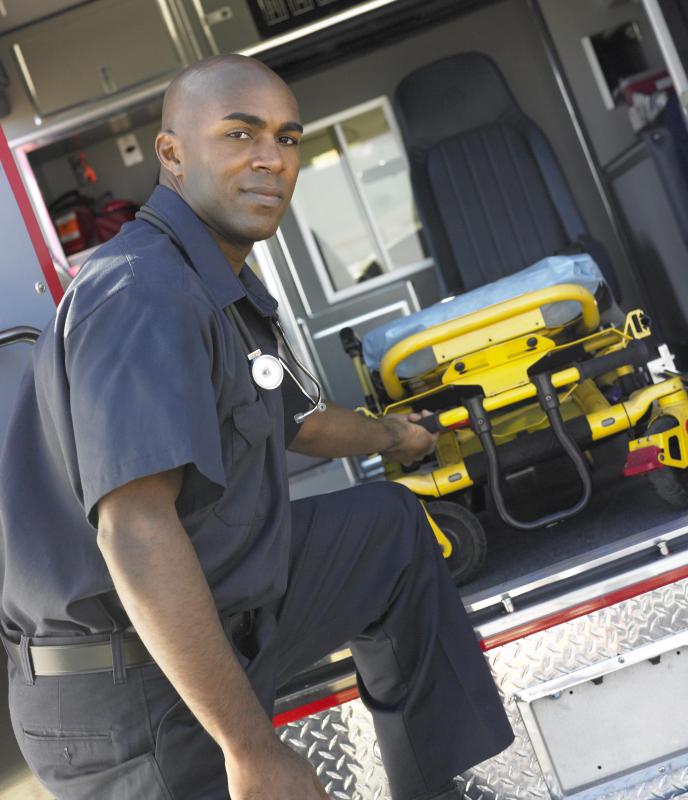At TheHealthBoard, we're committed to delivering accurate, trustworthy information. Our expert-authored content is rigorously fact-checked and sourced from credible authorities. Discover how we uphold the highest standards in providing you with reliable knowledge.
What are Artery Forceps?
Artery forceps are surgical instruments used to close ruptured blood vessels. The instrument — also called a hemostat and, more simply, a clamp — is one of modern medicine’s most common tools. Artery forceps are commonly used by combat medics and civilian paramedics to save patients who are in immediate danger of dying from massive blood loss. Proper use can buy patients valuable time as they await transport to a hospital.
Forceps are hinged instruments used to hold an object that’s difficult to grasp in place. There are hundreds of types of forceps used in medicine, from surgery to obstetrics to dentistry. Forceps can commonly be found in the home as tweezers and pliers. Artery forceps, obviously, have a more specialized function.

Artery clamps usually have two looped, scissor-like handles, a slender but blunt nose, and a lock to ensure the instrument holds its tight grasp on the blood vessel. The lock allows surgeons and medics to leave multiple clamps on a critically bleeding patient. The forceps’ metal teeth, located near the finger loops, slide into place as the instrument’s handles are squeezed together. A doctor has only to shift his or her fingers slightly to unlock the teeth and allow the instrument to release its grip. The forceps’ tips can be either straight or curved.

There are many types of artery forceps. The Carmalt hemostat is the heaviest and largest, frequently used to seal off major blood vessels. The smaller Kelly forceps can be used for more delicate work. The still-smaller mosquito forceps, also called a Halsted clamp, can close even tinier blood vessels. The Crile forceps, also known as Pean forceps, holds with serrated tips which, somewhat counterintuitively, cause less damage to delicate tissue than the smooth or cross-hatched gripping surfaces found on other clamps. Right angle forceps use a bent tip to reach blood vessels blocked by other tissues.
Artery forceps are commonly made of stainless steel, making them easy to wash and sterilize. They can also be molded out of more durable carbon steel and much lighter titanium. Disposable versions are made of plastic.

The earliest use of forceps is thought to date back to ancient Egypt, while the concept of tying off blood vessels to stop hemorrhaging can be traced back to the Roman physician Aelius Galenus, otherwise known as Galen of Pergamum. A French surgeon named Jules-Emile Pean is credited with inventing the forerunner of the modern forceps in 1868. This early type of hemostat is still in use and sometimes referred to as a Pean forceps.
AS FEATURED ON:
AS FEATURED ON:














Discuss this Article
Post your comments